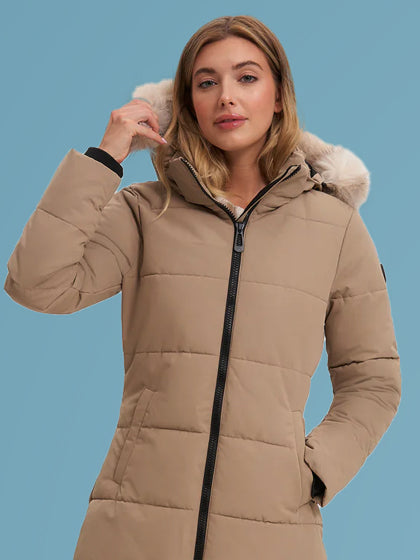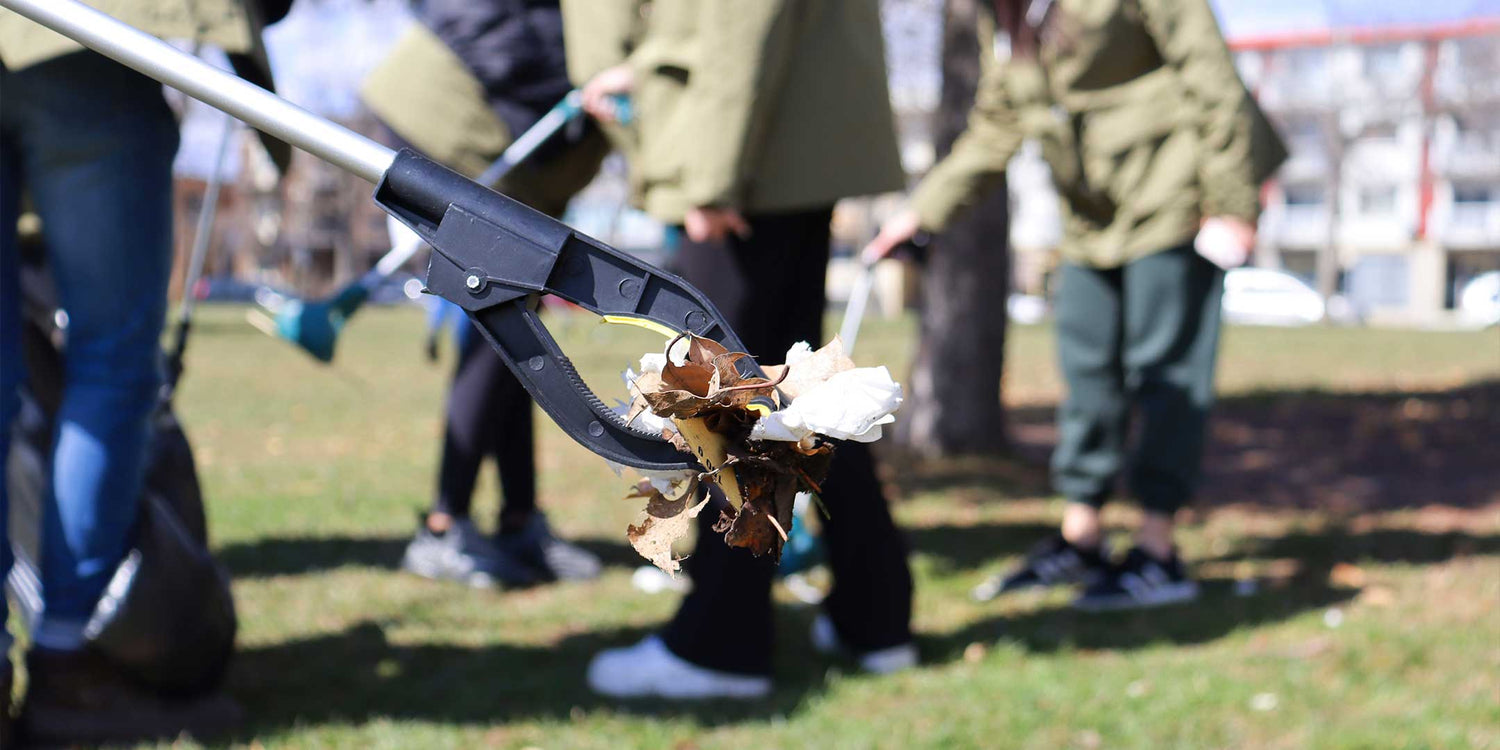Every year on Earth Day, people get inspired to become more eco-friendly. We love to see our neighbors picking up trash, learning how to recycle, and participating in community clean-ups. But more needs to be done if we’re going to keep Earth beautiful and thriving (and around for the future).
In this blog, we’re covering Earth Day’s origins, Earth Day activities you can do every day, why community clean-ups are so important these days (looking at you, pollution), and how we can start our own community clean-up.
What’s Earth Day?
The first Earth Day was 50+ years ago on April 22, 1970, in San Francisco, California, meant to increase awareness of environmental issues. Activist John McConnell and Senator Gaylor Nelson both (but separately) asked Americans to go outside and protest for a better world. And 20 million of them did. Because of this protest, the US government created the Environmental Protection Agency.
While Earth Day started to increase people’s awareness of environmental problems, it’s become a worldwide celebration of Earth. People come together to pick up litter, plant trees, and protest against companies doing more harm to the environment.
Earth Day Activities (to do every day)
Not only are these activities perfect for Earth Day, but they’re also perfect for any day of the year. What’s important is taking steps—even small ones—toward making the Earth greener and safer. Here are a few activities to start:
- Live sustainably.
- Recycle e-waste. E-waste is electronic waste like smart devices, computers, used cables, batteries, lights, and the parts that make up your electronics. In 2019, there were 53.6 million metric tonnes of e-waste, 21% more than there was five years prior.
- Support a local environmental group.
- Use reusable water bottles and reusable containers.
- Learn about your local environmental issues—water pollution, air pollution, etc.
- Plant trees, flowers, or plants.
- Find a community clean-up nearby or start your own.
Why Community Clean-Ups Are More Important Than Ever

Because of how badly polluted the environment is, community clean-ups have become a necessity outside of Earth Day. Pollution is so bad, National Geographic states we’ve found pesticides and other chemicals in the Antarctic ice sheet. Further, there is the “Great Pacific Garbage Patch”— an island of plastic particles floating in the ocean. Super gross.
It doesn’t stop there. Pollution gets carried by air and water currents. Pollutants found in marines get carried by ocean currents and fish. Radioactive material released from nuclear reactors is picked up by the wind and blown throughout the world. The same goes with smoke from factories swept to other countries.
Three Major Types of Pollution
Air pollution, water pollution, and land pollution are the three main types of pollution. And they’re all making us and Earth sick.
Air pollutionWhile you can see some air pollution, most times it’s invincible. It comes from burning fossil fuels, like coal, oil, and natural gas, or greenhouse gases, like carbon dioxide and methane.
Water pollutionYou can’t always tell what water’s polluted. Some water may be filled with chemicals, yet be totally clear, while other water is obviously polluted with trash, bad smells, and looks dirty. Oil and natural gas can leak into the water either through petroleum seeps or because factories are dumping it. You can also find acid mine drainage (from mining and drilling), oil spills, buried chemical waste, and garbage.
Land pollutionWhat pollutes the water can also pollute lands, like mining, pesticides, fertilizers, and trash. All of this pollution can contaminate the soil and prevent plants from creating nutrients and growing.
How we can help reduce pollution
Did you know it takes a plastic bottle 450 years to decompose? And a glass bottle 500 years? While governments can create laws that limit what and how many chemicals and toxins companies use to fight against pollution, there are things we can do ourselves that make a difference.
Recycling is a great way we can help to make a difference. We can also reduce what we buy and reuse what we have so there isn’t even a need to recycle.
Start somewhereYou don’t have to give up using plastic or glass or paper entirely, but you can start somewhere. But what about everyone else who didn’t get the memo that the Earth desperately needs our help? Community clean-ups are exactly that.
Make a goal and find an area you want to clean.If you aren’t already part of a community clean-up crew, find one or start one yourself. Then, make a goal. How much trash do you want to pick up? Do you want to come home with 5 bags full of litter? 10?
Next, find an area you want to clean. This may come before the goal if you know of a particularly littered spot. If you already know how much trash is there, you’ll know how many bags to bring with you to clear the area.
Know where to dispose of the trashBefore embarking on your community clean-up, know where you can dispose of the trash and where you can bring the things you can recycle. Part of a community clean-up isn’t just picking up everything that doesn’t belong in nature, but also disposing of it properly. What you can recycle should be recycled, otherwise, we’re still contributing to the problem.
Find your team and pick a datePost on social media to find your team. Ask your friends and family or co-workers. Once you have a solid crew, pick a date and time that works for you all. You want a big turnout because that means more people can collect trash.
Gather suppliesYou’ll need supplies for a successful community clean-up. Things like trash bags, gloves, trash grabbers, hand sanitizer, sunscreen, sturdy shoes, and clothes you don’t mind getting dirty.
Go clean upYou have everyone and everything you need, so now’s your chance to make a difference in your community. Go clean up your chosen area. Take pictures and post them on social media to inspire others to do the same.
Hopefully, this blog inspires you to grab a trash bag, a pair of gloves, and a couple of friends to clean up an area that’s important to you. That could be the green spaces near your home or your favorite place to enjoy the outdoors. Either way, you’re making a big difference in the environment and you should celebrate that.







